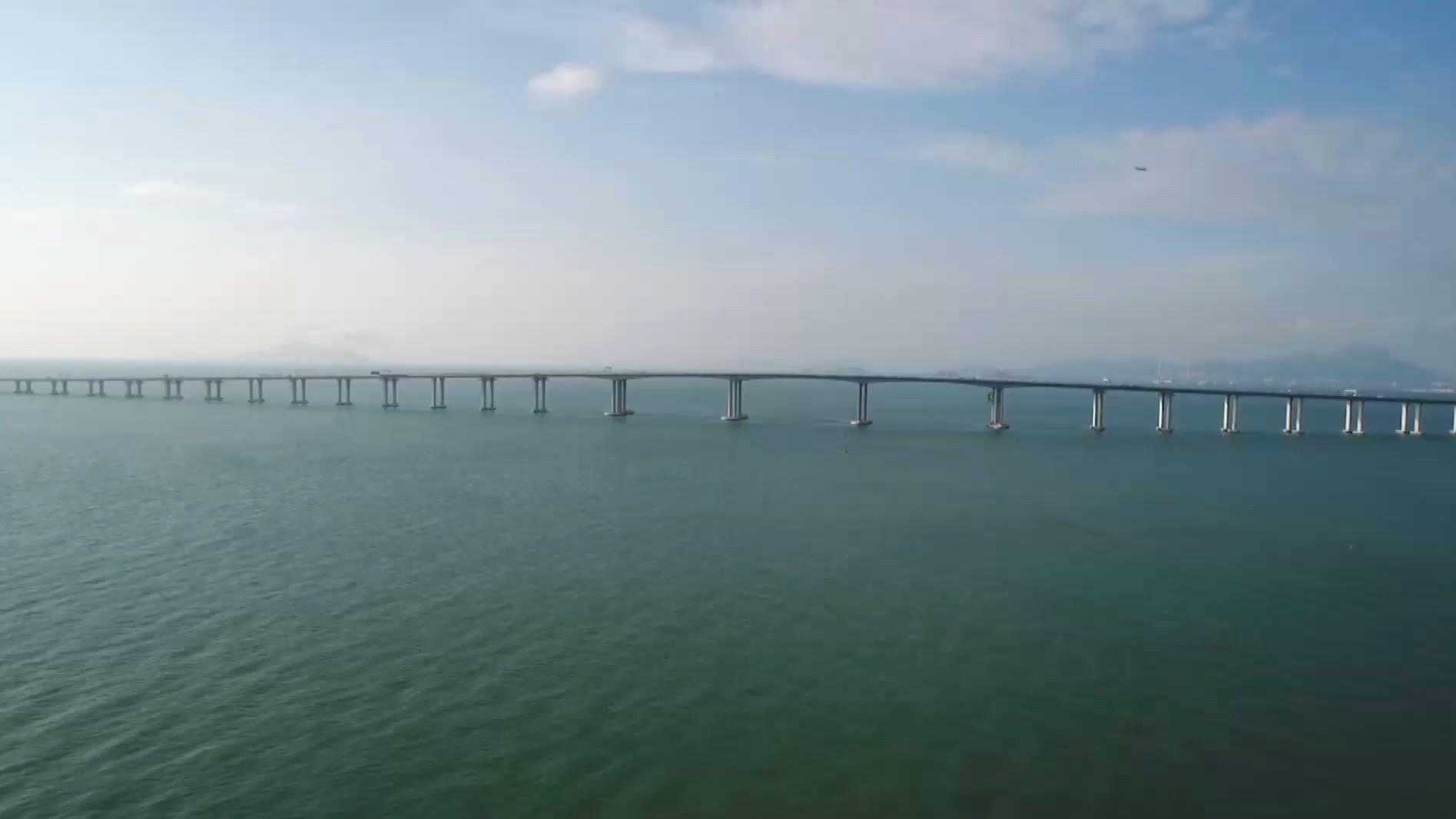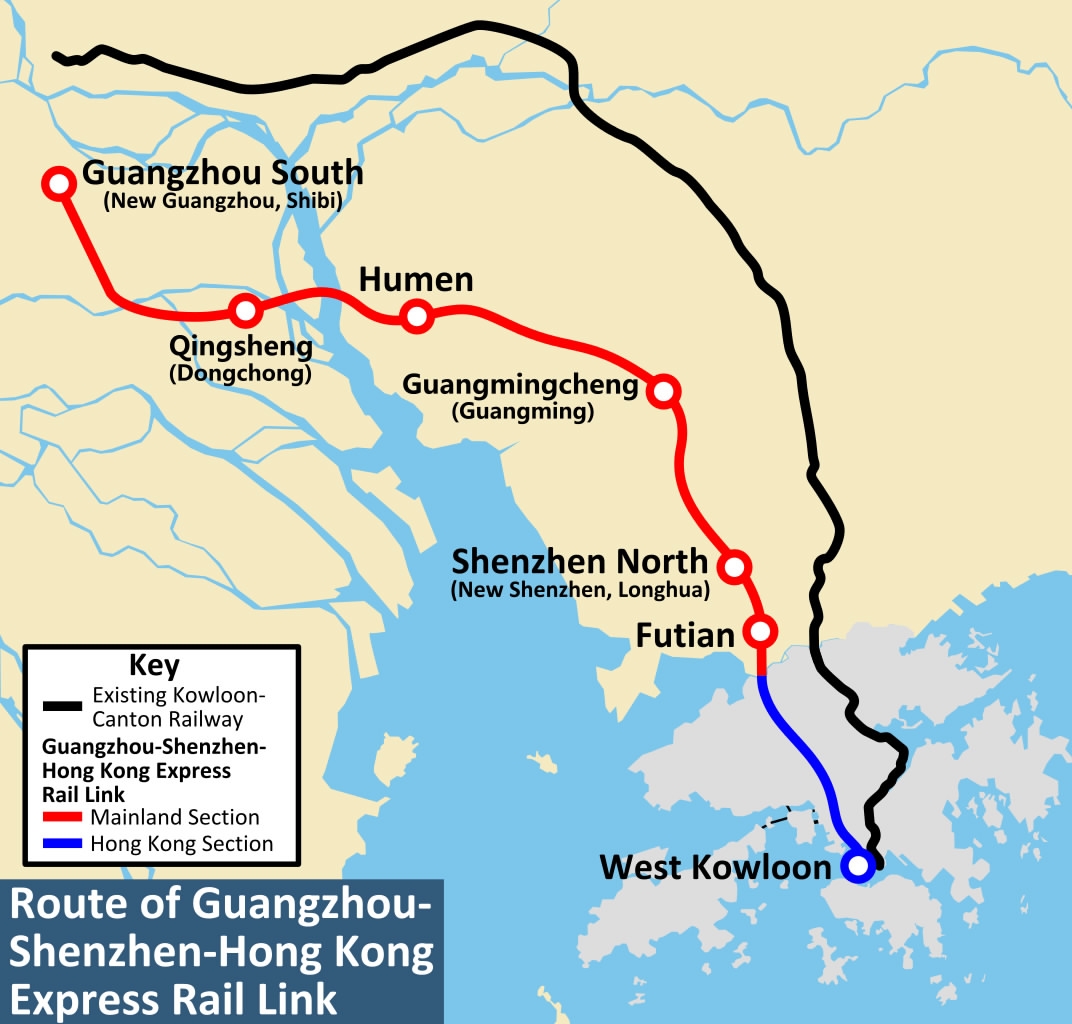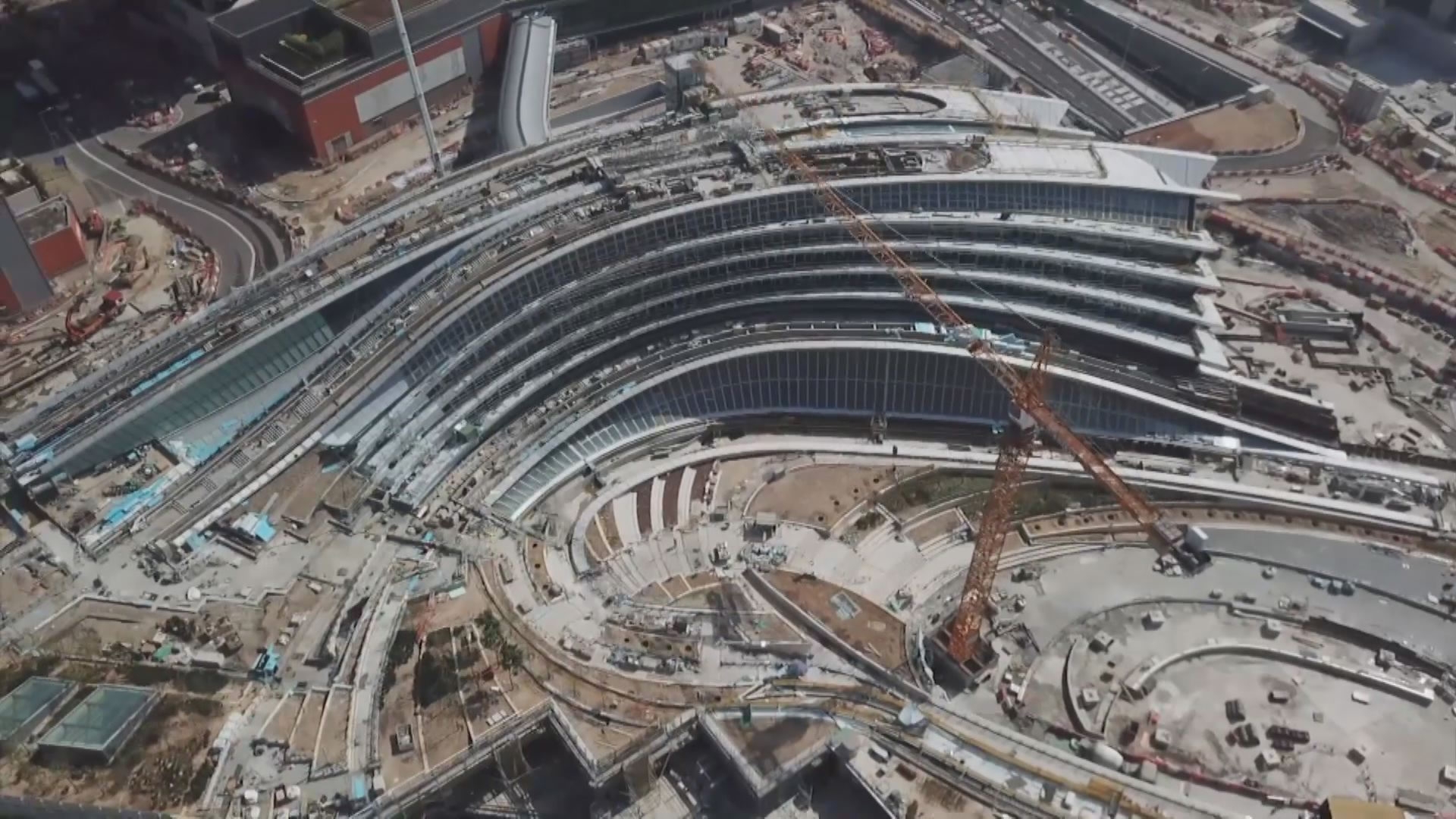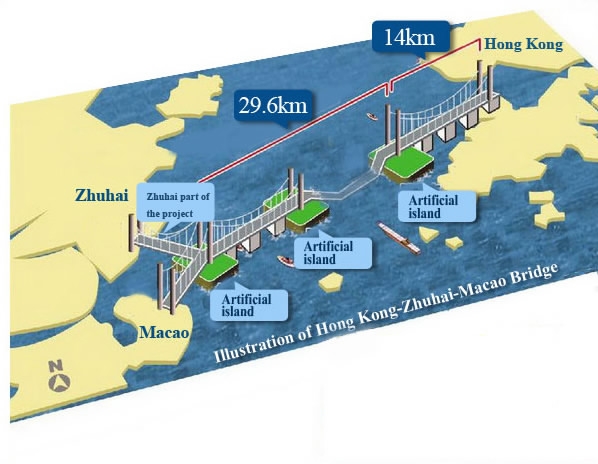
Tech & Sci
20:51, 15-Mar-2018
New projects to boost connectivity between HK and Chinese mainland
By Mao Dan

How long does it take to travel from Beijing to Hong Kong? Well, it depends on the means of transport. But a 24-hour train ride, even though non-stop, is not an acceptable answer for a country with a world-class high-speed rail network.
The Beijing–Guangzhou–Shenzhen–Hong Kong high-speed railway is scheduled to open in the third quarter of 2018, which will shorten the rail travel time between Beijing and Hong Kong to around nine hours.

HK’s Hung Hom Station is the arrival point for rail travelers from the Chinese mainland. /CGTN photo
HK’s Hung Hom Station is the arrival point for rail travelers from the Chinese mainland. /CGTN photo
The 2,230-kilometer-long line is the world's longest high-speed rail route. Most of it is already in use. The last section, the cross-border Guangzhou-Shenzhen-Hong Kong Express Rail Link (XRL), is expected to be finished soon.

Route map of the forthcoming Guangzhou-Shenzhen-Hong Kong Express Rail Link /CGTN photo
Route map of the forthcoming Guangzhou-Shenzhen-Hong Kong Express Rail Link /CGTN photo
As Hong Kong is a Special Administrative Region (SAR), the XRL will pass through an immigration control point that requires customs clearance.
A joint checkpoint plan has been approved by the HKSAR government to make the route more efficient. According to the plan, Chinese mainland officials will be able to operate together with HK officials at the West Kowloon Terminus to conduct immigration control so that travelers can finish procedures of emigration from the Chinese mainland and immigration into HK at one site.

West Kowloon Station will be the HK terminus of the high-speed link. /CGTN Photo
West Kowloon Station will be the HK terminus of the high-speed link. /CGTN Photo
Chan Fan, Hong Kong’s secretary for Transportation and Housing, said the value of the new link goes beyond transportation. He believes the high-speed route will bring HK residents greater living space and more business opportunities.
In fact, cross-boundary links between Hong Kong and the Chinese mainland are poised to hit new heights this year with the scheduled opening of three mega infrastructure projects.
Besides the high-speed link, the Hong Kong-Zhuhai-Macao Bridge (HZMB),the world’s largest sea-crossing bridge, will open to traffic by the middle of the year, immensely cutting commute times between the three cities and offering new options for travel and work; and a 7th land-based crossing between Hong Kong and Shenzhen, Liantang/Heung Yuen Wai Boundary Control Point will also be finished by the end of this year.

The Hong Kong-Zhuhai-Macao Bridge will bring Hong Kong, Zhuhai and Macao within the commuting radius. /CGTN Photo
The Hong Kong-Zhuhai-Macao Bridge will bring Hong Kong, Zhuhai and Macao within the commuting radius. /CGTN Photo
Hong Kong’s Financial Secretary Paul Chan Mo-po said the connectivity buildup is expected to pave the way for broader and deeper exchanges of talents and among various sectors in the Guangdong-Hong Kong-Macao Greater Bay Area and also between the Chinese mainland and Hong Kong.

SITEMAP
Copyright © 2018 CGTN. Beijing ICP prepared NO.16065310-3
Copyright © 2018 CGTN. Beijing ICP prepared NO.16065310-3